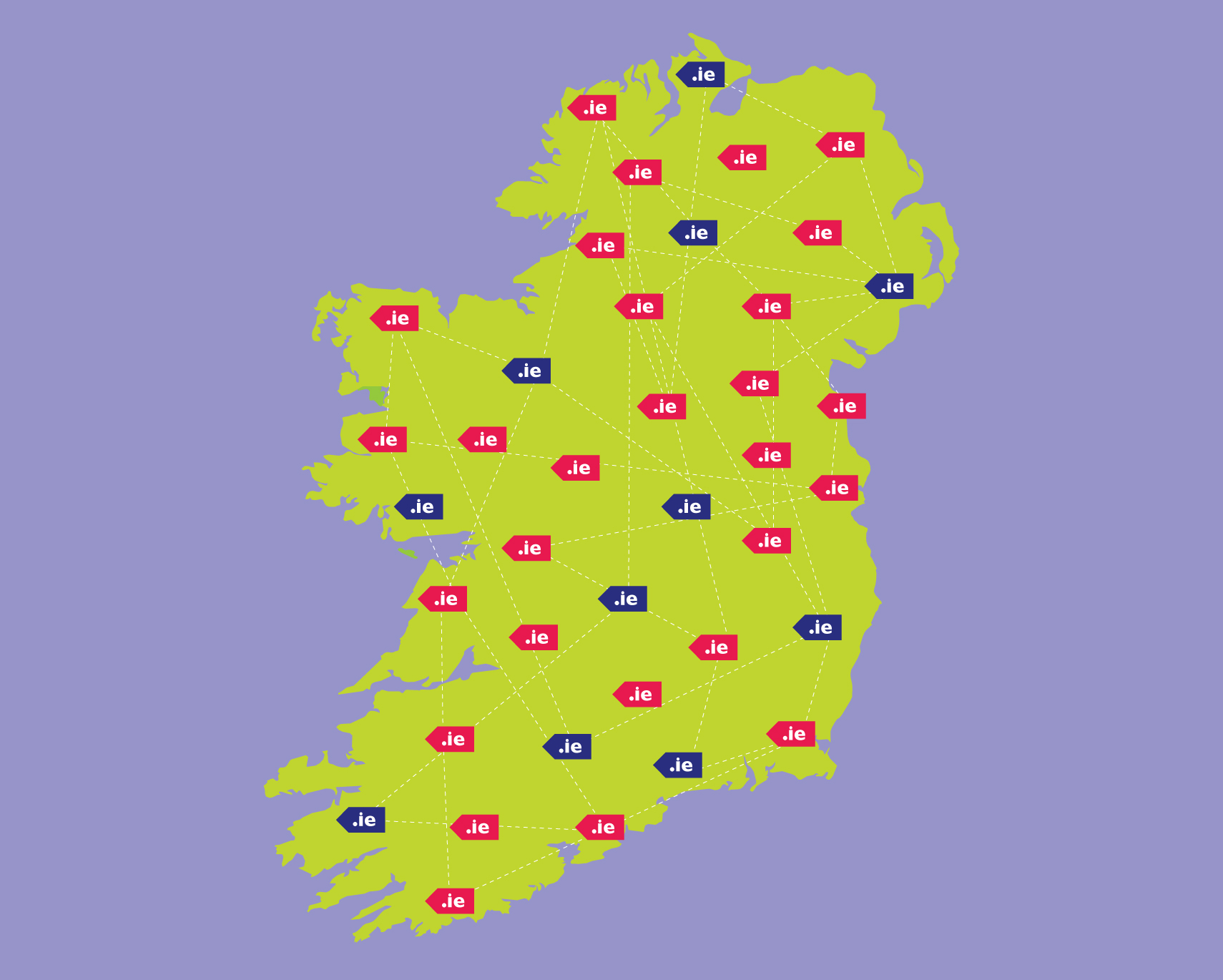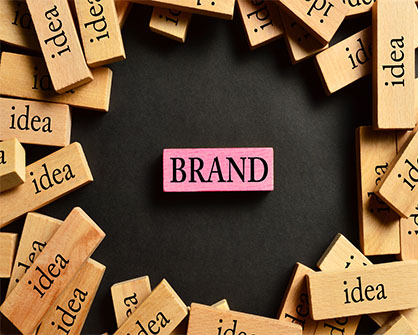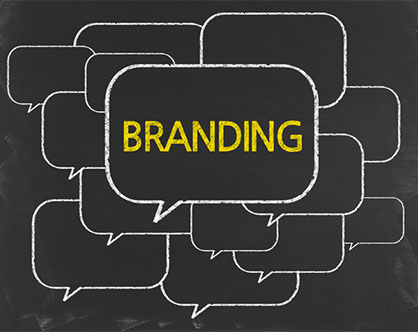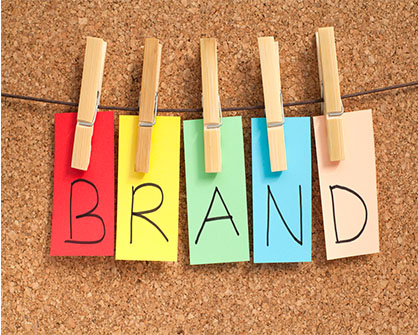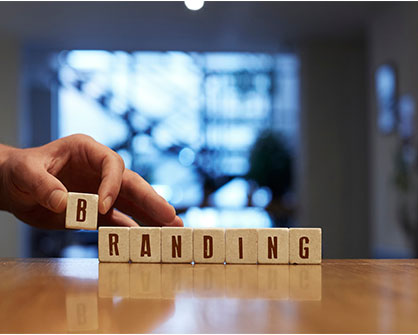After 22 years of breathing life into brands for our clients it was Idea’s turn for some love. We felt our mission, brand statement and values were no longer reflective of who we were. So we assessed the risk of rebranding, conducted a client survey, and then asked ourselves some tough, but thought provoking questions. Who are we, and what is it that we love to do?
The results of our client research gave us great reassurance about to our decision to rebrand. What also emerged from this process was that it was time for Idea & Idea Digital to merge under one overall Idea umbrella to create a fully integrated agency with a strong team of creative consultants.
Keeping the name Idea was probably the easiest decision in our rebranding process. It was too good to change. Initially it stood for Image, Design, E-Commerce and Advertising. All which remain relevant to the business today, but we work with ideas…creating them, growing them and making them happen, so it was a no brainer to keep the name, it stood the test of time since Ciaran Flanagan named the company 22 years ago! The client feedback confirmed that this was the right thing to do!
We divided our talented team into two and conducted an internal competition to develop a new brand and overall brand strategy for the business and we were delighted with the end result! We refreshed our colour palette (hello raspberry red!), modernised our logo and more importantly updated our brand values to reflect who we are now. We are thrilled with our new look, energy and feeling. But rest assured, we are still the same Idea that thrives on using branding, marketing and digital to craft strategic and design success stories.
Our new brand reflects the core philosophy of our business; collaboration. We believe great work comes from working collaboratively with great clients and fellow creative partners.

There were several challenges we faced along the way:
- Time: Making time to treat ourselves as a client. Our client work always came first, which resulted in our rebrand taking a lot longer than we’d have liked (despite us having all the skills in-house!)
- Colour: After some initial testing it became clear that the neon colour we initially chose was going to be a nightmare to work with and reproduce consistently, so we had to change it! It is important to examine fully how a colour will work across all channels, digital, print, paint etc before going with it!
- Budget: it would be lovely to change everything at once, but that is just not practical, so we focussed initially on the client facing touchpoints…our website, signage, meeting room, furniture and redecorating key areas of the office (pop in and see our new look!)
Key learnings
Don’t try to do it all at once, we had to phase our work with the rebrand for both time and budgetary reasons. Once the initial audit was done we knew the scale of the work involved and we had to break it down into phases…we are delighted to have our new logo/ website /documentation and initial office refresh done…but there is plenty more to come in the phases to follow!
Tips
Do some research with your clients, you might think you know what they want/think but let them tell you…this allows for concrete foundations for change/keeping some elements of your brand/values/name/colour palette/tagline/messaging.
Our advice for anyone rebranding
- Decide why you are rebranding in the first place.
- Understand the scale and scope of the task
- Set realistic expectations and measure performance
- Find out what people’s views of the current brand are before you change anything
- Involve your people in shaping a new brand for the future
- Use the opportunity to sharpen up your act across the whole business
Give us a shout if you’re thinking of rebranding or if you’ve a development you’d like to develop a brand for…having just gone through the process ourselves we know what it’s like to be in your shoes! info@idea.ie.
Check out some of the works done by Idea Digital
Also read:

